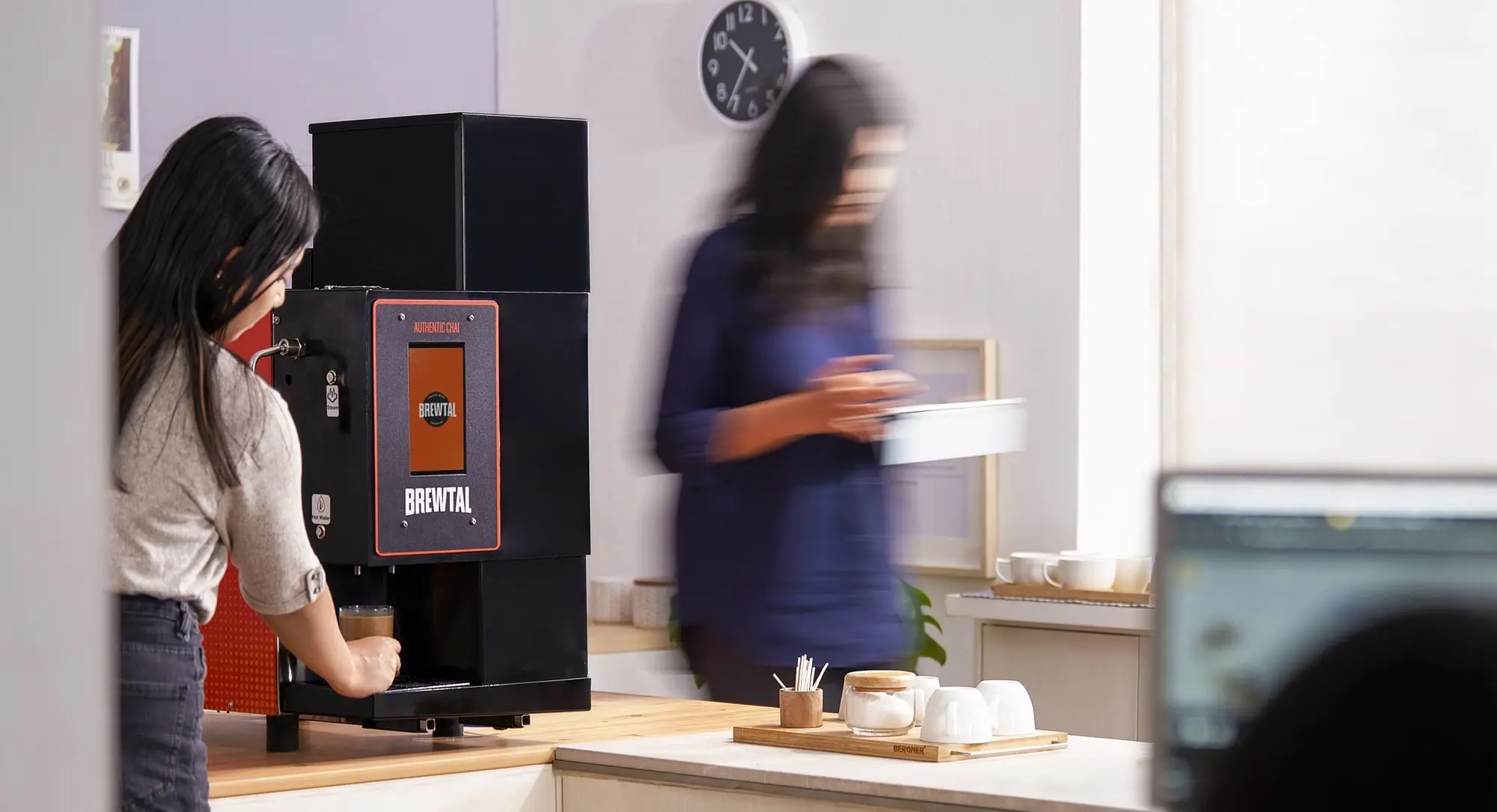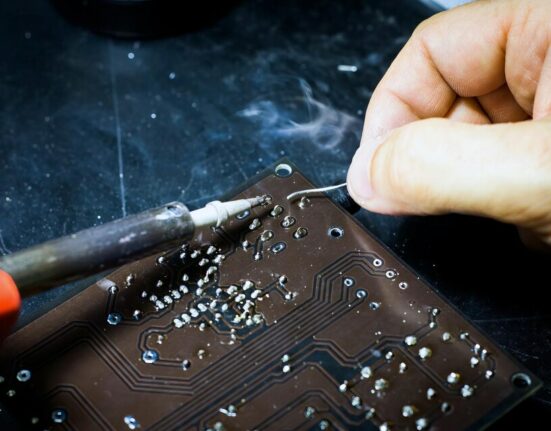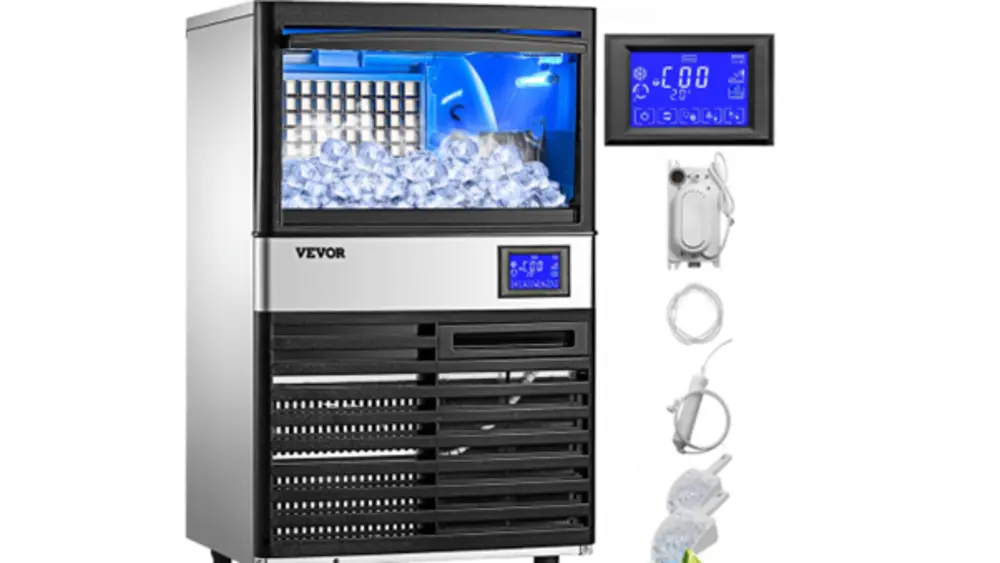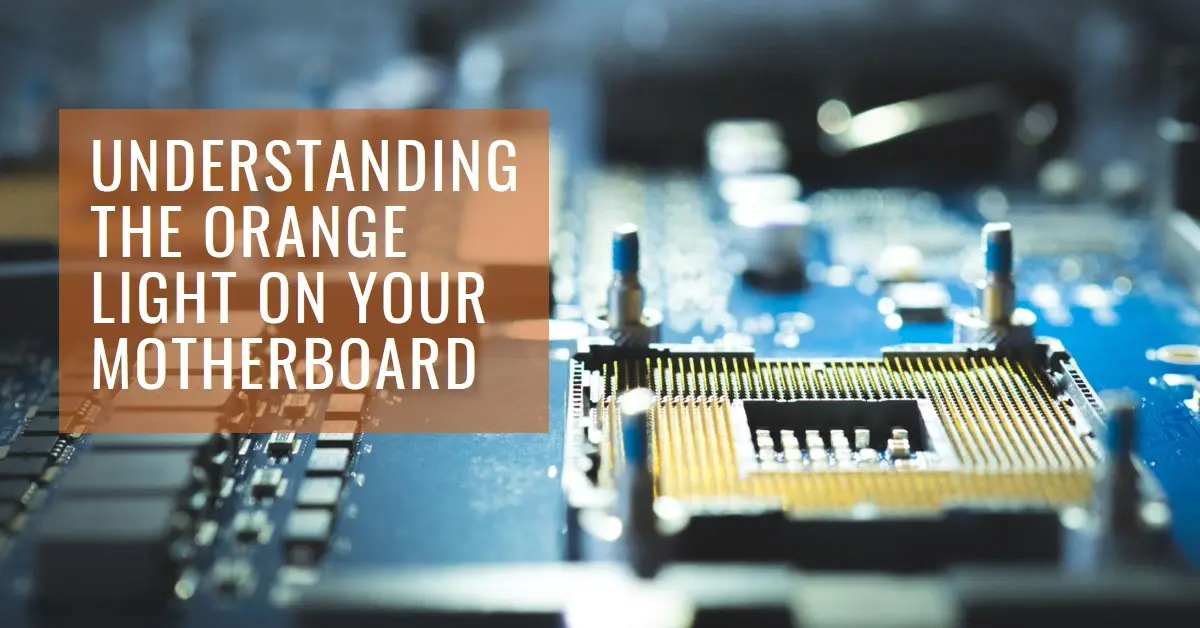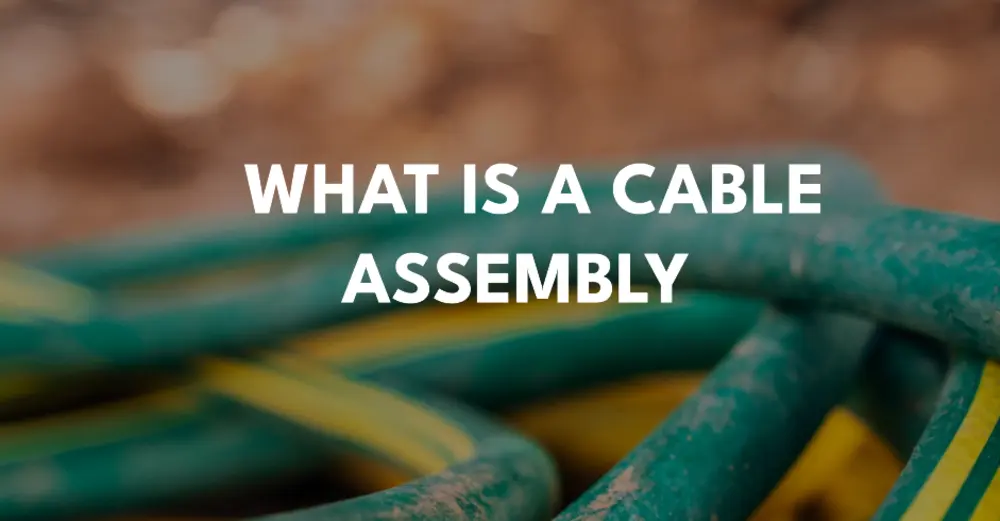Tea and coffee vending machines have become a common addition in every commercial space these days, be it a startup or a giant manufacturing facility, people can’t do without a tea and coffee vending machine as they offer the quickest access to a cup of tea without having to wait in line at a café or restaurant.
While most of you have been using coffee and tea vending machines at your office everyday for years now, not many or close to none of you would have an idea of how the coffee vending machines work! How do they produce such a great, comforting hot drink in just a few seconds?
In this article, let’s look at what goes on in the inside of these machines.
A peak into the insides of a Coffee/Tea Vending machine
A coffee/tea vending machine comprises of four main components-
- Water heating component
- Brewer
- Coffee/tea dispenser
- Control system
There are various types of coffee/tea vending machines sold across India. Some are simple with a double premix option, while some can contain triple or even 4 premix options. But essentially, when it comes to the functionality, they all follow the same method.

Most commercially used coffee/tea vending machines have a touch interface that a user can interact with. Based on the options chose by the user the machine’s brain determines the actions that need to be undertaken.
Detailed description of the components and their location
Let’s take an in- depth look into the components that make up the coffee/tea vending machine.
- The heating element, which is usually made of metal, is used to boil the water to almost a boiling temperature. To reduce the energy consumption, some manufacturers use their own boiling components. Some vending machines require multiple water boilers if the requirement of brews is higher, and the process of boiling water should happen at a faster rate to cater to the demand of churning out teas/coffees faster.
Floor standing coffee machines usually have the requirement of multiple boilers to brew fresh teas and coffees faster.
- A brewer that does the work of grinding fresh coffee beans into a powder form or the tea leaves to a powder is integrated into the machine. It separates and amount required for a cup of brew and takes form of a cake (fully pressed and compressed). The component is also responsible for passing the pressurized boiling water (from the heating element) through the tea/coffee powder to create a delicious espresso or tea concoction to be dispended into a cup from the dispenser located at the front of the machine.
- The dispenser that is located at the end of the machine, visible to the customer, dispenses the beverage into a cup. Depending on the model and the capacity of the vending machine, this process could take anywhere between 10 seconds to 45 seconds to dispense a complete a brew.
- The control system, located at the back of the machine, manages the flow of water and the temperature, and operates the machine’s display and buttons.
The Brewing and Dispensing process of a coffee/tea vending machine
Step 1: The first step is from the customer’s end, as they must punch in the options using the machine interface like selecting their preferred beverage, customizations of strong brews or light brews, extra or less milk, amount of sugar they prefer etc. Once the details are put in the process of the brew starts.
Step 2: Now that the desired selection has been made by the customer, the machine starts to assemble all the ingredients required (milk, coffee/tea powder, loose tea leaves, fresh beans, sugar, water etc). The ingredient that is to be mixes with the hot boiling water from the heating element is sent along with it to the first bowl to make the right mix.
Step 3: If the consumer has chosen an espresso, based on the vending machine, either the coffee beans or the coffee powder will be put into the brewer for processing.
Step 4: Depending on the machine’s configuration, it will either dispense a cup automatically or prompt the user to place their own cup under the dispensing area in preparation for the drink. Once the freshly made chocolate, coffee, or tea is ready, the cup will begin to fill. This will soon be followed by the addition of either granulated milk (GSM) or fresh milk from a separate chilled unit to complete the drink.
A drip tray is placed below the dispense cup area, in case there is an overflow or spillage. This can be discarded physically of can be plumbed away in a waste line. The residue coffee cakes left over in the machine are also discarded by disposing in a bin and are separately emptied. Some businesses even choose to send these to recycling.
Frequently Asked Questions
How often should I clean the coffee/tea vending machine?
In an office setting, it is recommended to clean the coffee machine thoroughly at least once a week – if you are contracted with a vending supplier for a fully managed service, your machine will likely get a clean each time they visit to replenish.
Can I make a cold brew coffee in the machine?
Some machines offer cold brew settings. Ensure your chosen machine has these features, allowing you to enjoy refreshing cold and hot beverages.
Do tea coffee vending machines offer authentic tea and coffee?
Some tea coffee vending machines manufacturers configure their machines to offer authentic tea and coffee, with precise ingredient quantities and innovative brewing process to ensure each drink has the perfect, authentic taste. A well calibrated machine ensures consistent strength, flavour, and composition for every serving. For bean-to-cup machines, water pressure is also adjusted to achieve optimal taste.
Conclusion
Learning to use the office coffee/tea vending machine can transform routine breaks into delightful experiences. By choosing the right coffee/tea vending machine and following our step-by-step guide, you can create personalized masterpieces with every cup.

